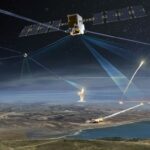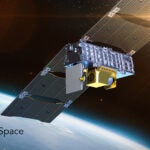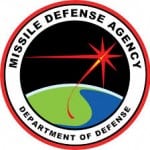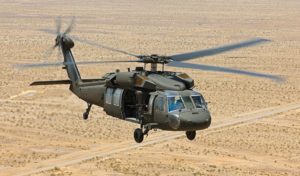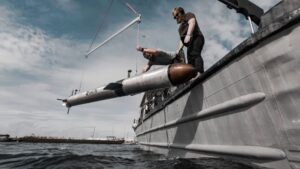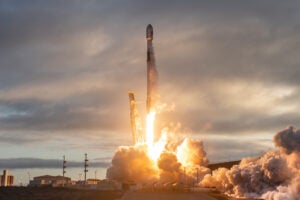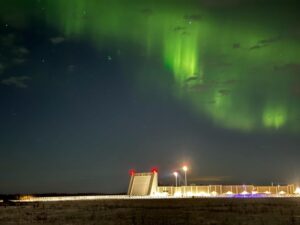
Lockheed Martin [LMT] on Monday said it has transitioned the Long Range Discrimination Radar (LRDR) to the Missile Defense Agency, setting up plans for a decision on an Operational Baseline Capability and the final transition to the warfighter. Lockheed Martin also said the LRDR has begun collecting space domain awareness data for the U.S. Space Force. The S-band radar can search and track multiple small objects, including ballistic missiles at long ranges, and distinguish lethal objects such as warhead from…

 By
By 